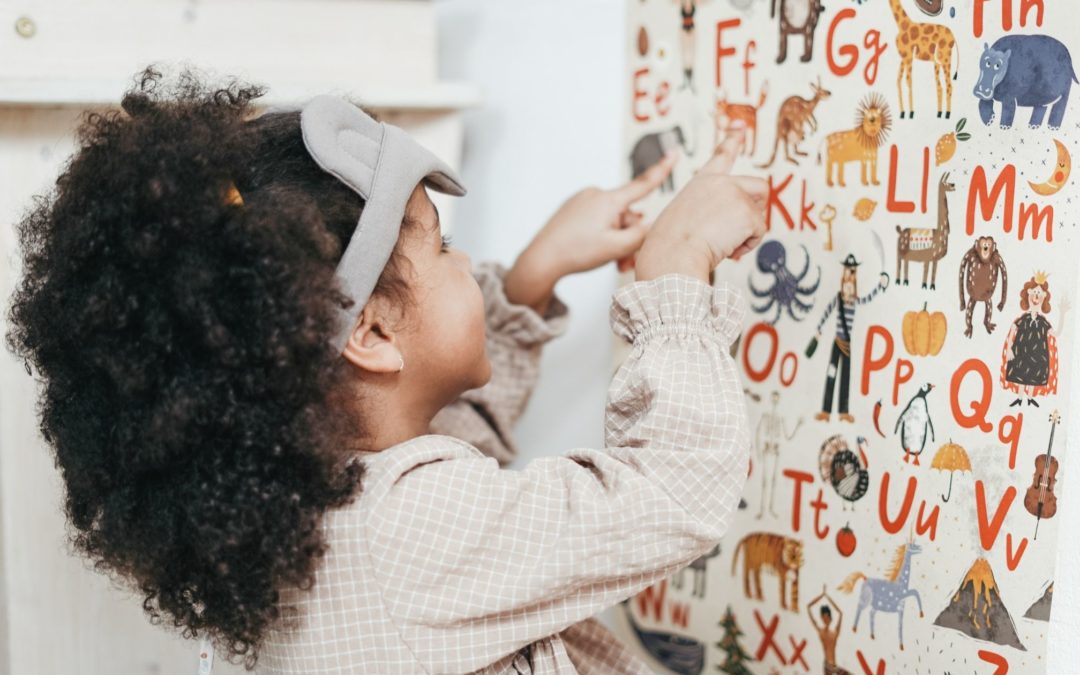While some children struggled in moving to a remote learning environment, others actually thrived. In fact, some parents opted to continue to allow their children to learn remotely even when in-person opportunities presented themselves once again. That being said, many children who do not thrive in a remote learning environment are still having to learn remotely due to fluctuations across school districts in regards to remote versus in-person learning. Here are three ways to help your child thrive and stay engaged in a remote learning environment.
- Talk to them about what they are learning
There is a reason why tests and quizzes remain a bedrock aspect of education. The truth is, we just pay more attention when we believe we are going to be asked again later about material being covered. Tests and quizzes do not have to be formal or graded either. If you ask your child about what they are learning and they give vague answers, keep asking. You might find that over time they will not only answer readily but go on far longer than you are prepared for. Let them talk, however, as their ability to communicate to you what they learned is a valuable part of learning.
- Try to connect what they are learning with their life
Grocery shopping is a great time to work on fractions and percentages, since you can quiz them about the price of half of an item or what the sales price would be after a certain percentage discount. The truth is that we use what we learned in school far more than we are aware of. At least, the opportunities are there if we choose to use them, so look for every opportunity to connect what they are learning with real life.
- Create hands-on opportunities
There is a prevailing belief that the most vital thing children miss with remote learning are social opportunities. While that may be partially true, what is perhaps more true is that what they are missing is the opportunity for hands-on learning experiences. This is particularly true in science, where we learn best by seeing, touching and exploring. You can make up for this gap by creating some hands-on learning experiences at home.
